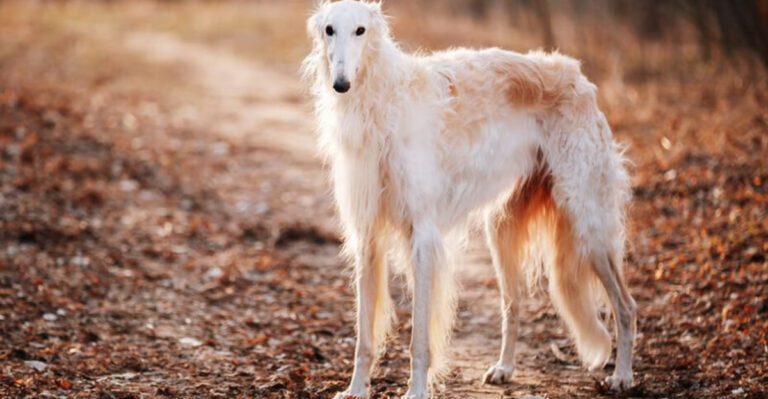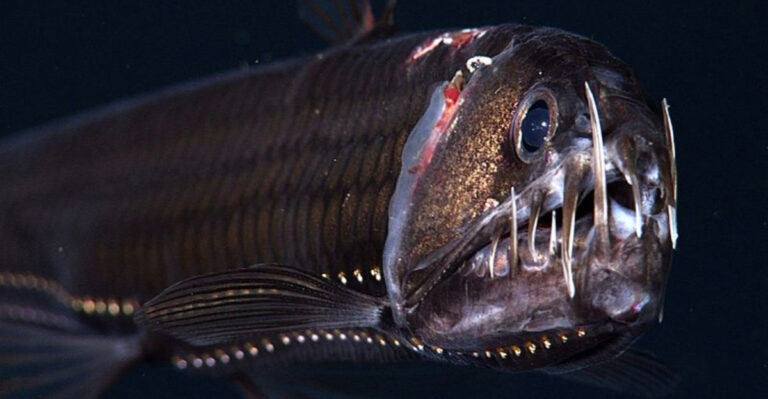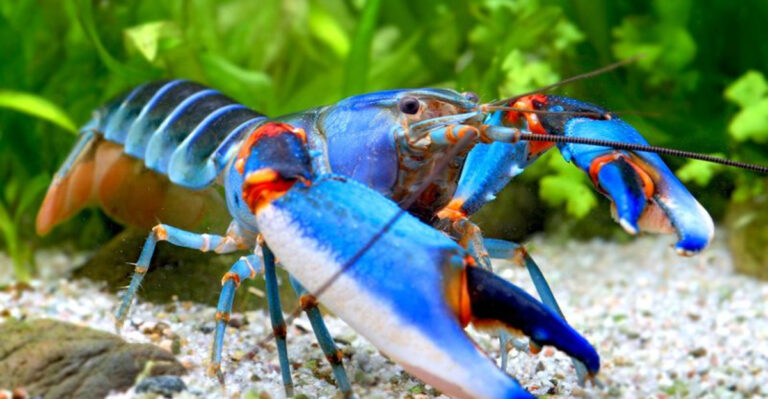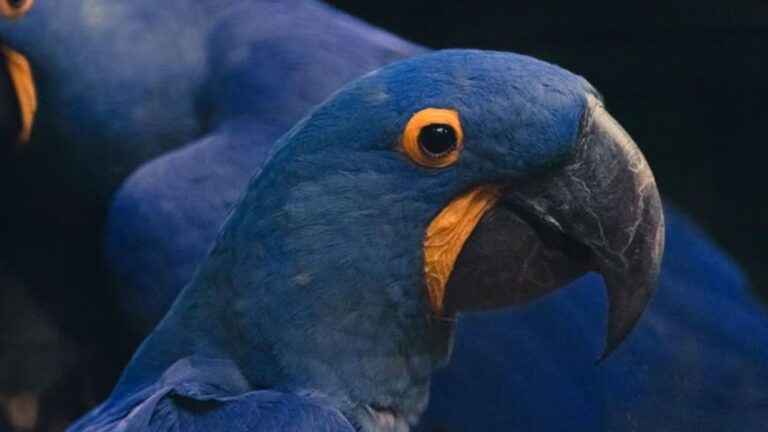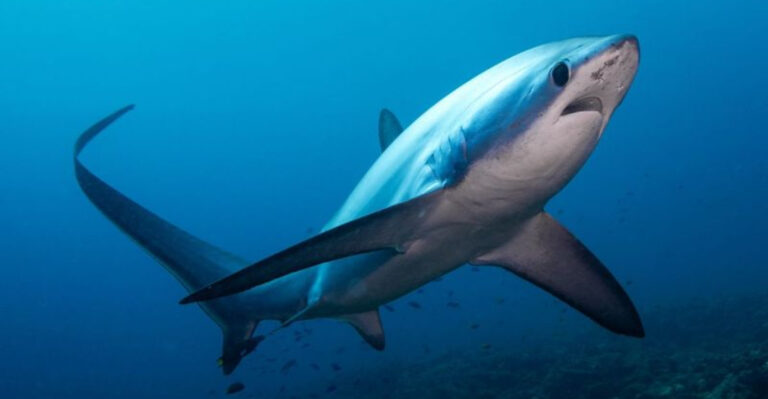13 Creatures That Don’t Need To Eat To Survive
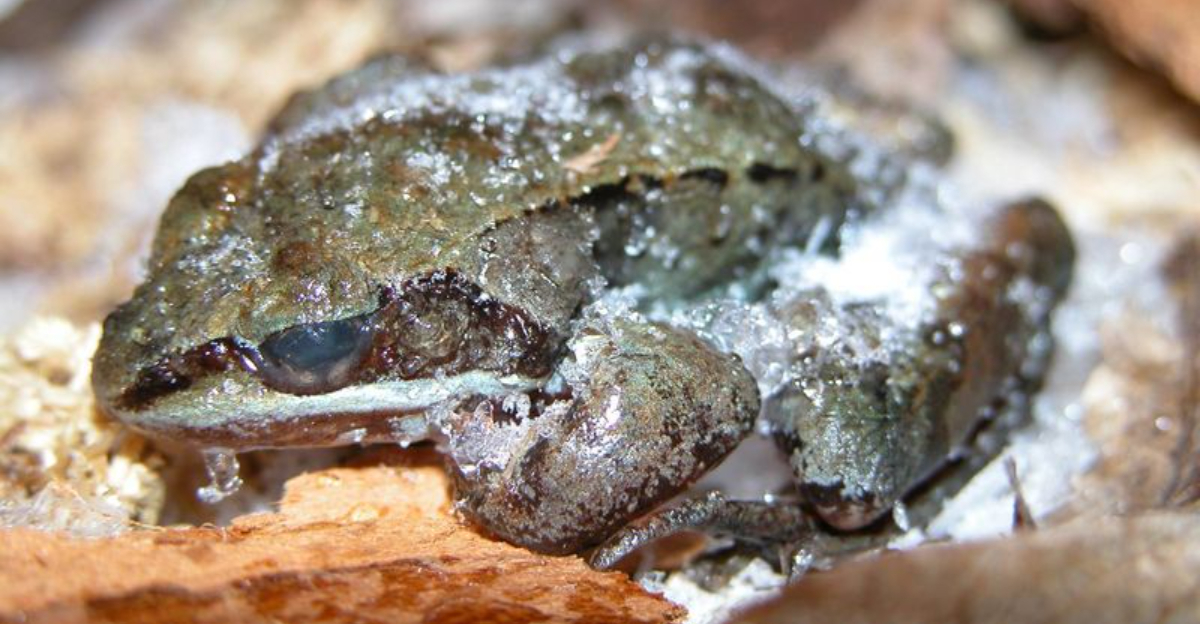
Most living things need food to survive, but some remarkable creatures have evolved incredible adaptations that let them go without eating for weeks, months, or even years!
These survival specialists have developed unique biological tricks that help them endure when food is scarce.
From microscopic organisms to impressive animals, these extraordinary survivors challenge what we thought possible about life’s basic needs.
1. Tardigrades (Water Bears)
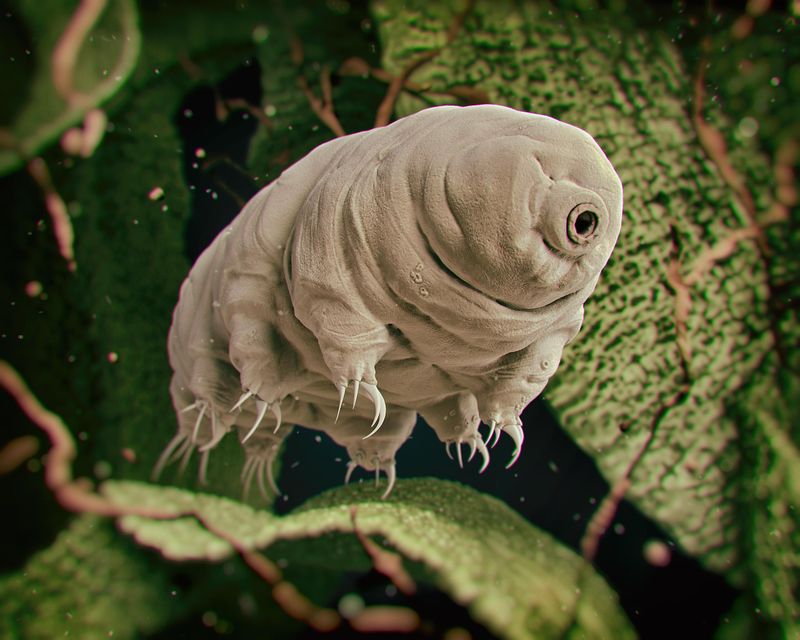
These microscopic eight-legged creatures are practically indestructible. When conditions get tough, tardigrades enter a state called cryptobiosis where they essentially shut down their metabolism.
In this suspended animation, they can survive for decades without a single meal, withstanding extreme temperatures, radiation, and even the vacuum of space!
2. The Immortal Jellyfish (Turritopsis Dohrnii)
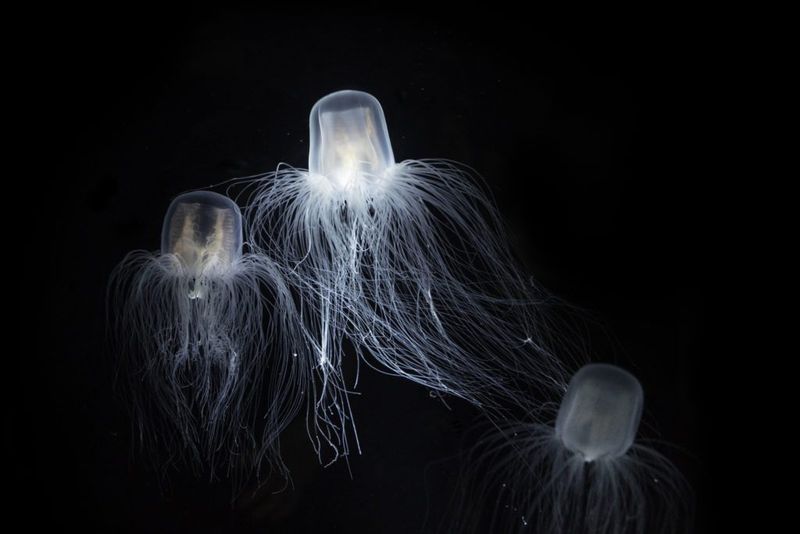
Unlike other creatures that simply endure without food, the immortal jellyfish has a biological cheat code. When starving, this transparent marvel reverses its life cycle!
It transforms back into a polyp (juvenile stage) and starts over. This remarkable ability allows it to potentially live forever, cycling between forms whenever food becomes scarce.
3. Adult Female Parasitic Wasps
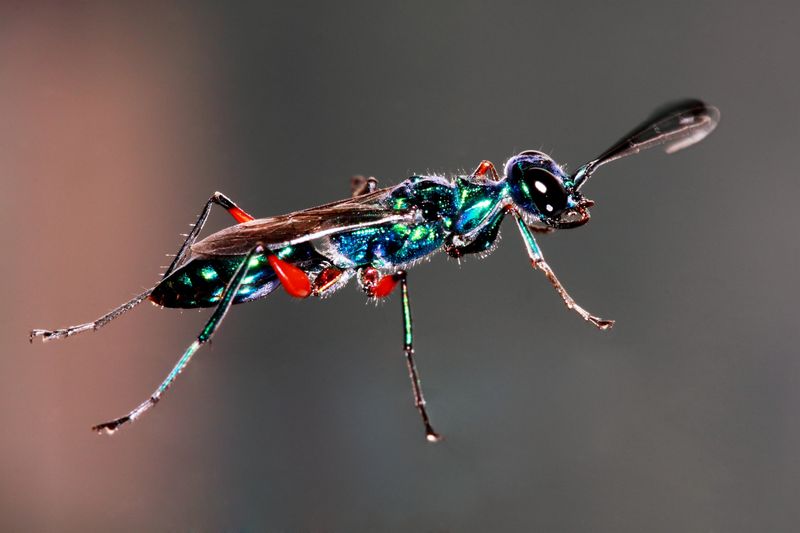
Talk about living on borrowed time! Many female parasitic wasps emerge from their pupal stage with all the energy they’ll ever need already stored in their bodies.
Their singular mission? Find hosts for their eggs. Once they’ve completed this reproductive task, they’ve fulfilled their purpose and don’t need additional nourishment to sustain themselves.
4. Scorpions
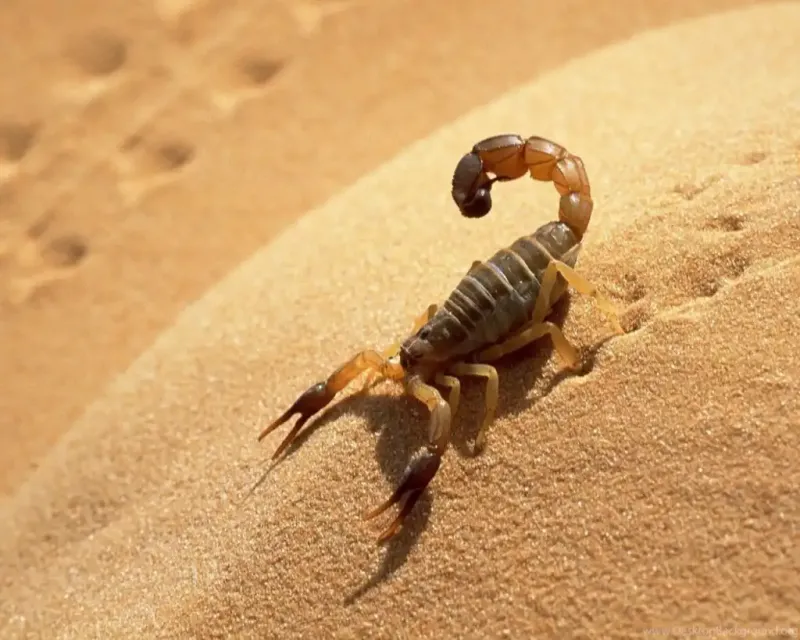
Masters of the desert’s harsh conditions, scorpions have perfected the art of survival on minimal resources. Their secret? An incredibly slow metabolism that barely burns energy.
Some species can survive an entire year without food! They simply hunker down, conserve energy, and wait for better times. Their ability to slow bodily functions is truly remarkable.
5. Sponges (Porifera)
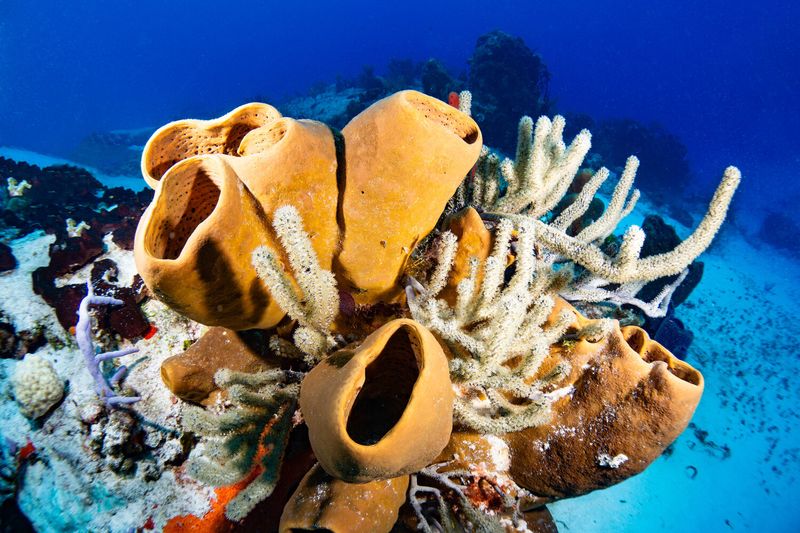
Among the oldest animal groups on Earth, sponges have perfected minimalist living. These filter feeders normally extract nutrients from water passing through their porous bodies.
When food becomes scarce, they can drastically reduce their metabolism. Scientists have observed sponges surviving months without detectable food intake, essentially living on stored reserves and minimal energy expenditure.
6. Frogs In Hibernation
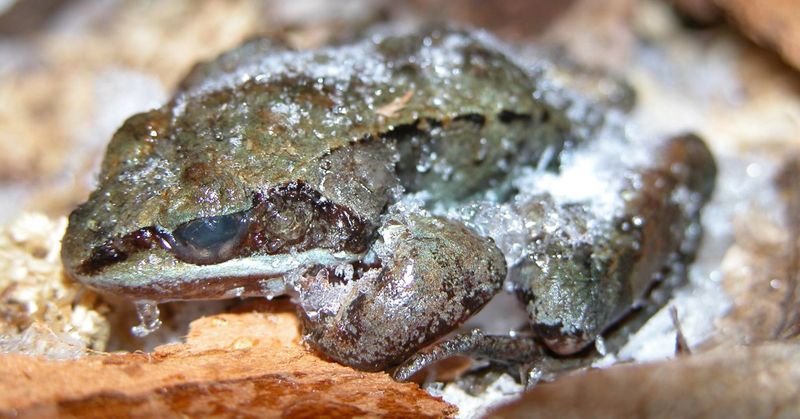
Wood frogs perform a winter miracle that seems straight from science fiction. As temperatures drop, these amphibians allow themselves to partially freeze!
Their hearts stop beating and their breathing ceases. Special glucose compounds protect their cells from damage while they remain in suspended animation for months, requiring no food whatsoever until spring thaws them back to life.
7. The Hydra
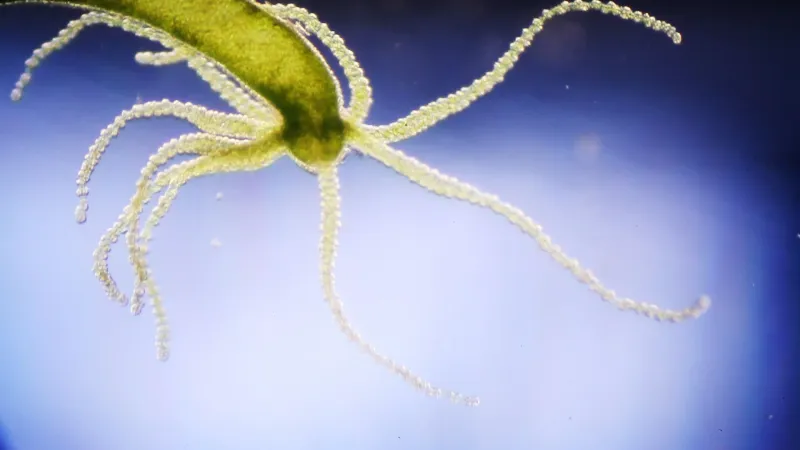
Named after the mythological beast, these tiny freshwater creatures possess seemingly magical powers. Hydras can regenerate their entire bodies from small fragments and potentially live forever!
When food vanishes, they shrink dramatically, recycling their own cells for energy. Some hydras have survived in laboratories for years without feeding, gradually becoming smaller but remaining alive.
8. Sea Cucumbers
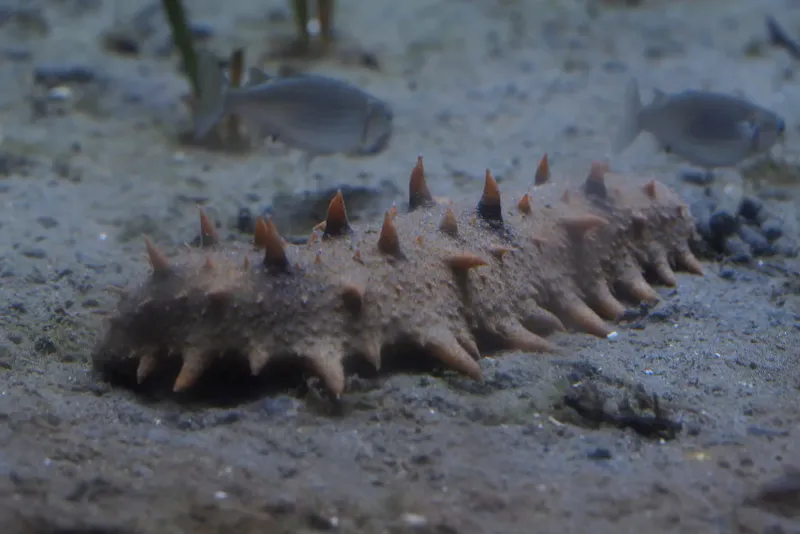
These ocean floor dwellers have a bizarre survival strategy when food disappears. Rather than searching for meals, sea cucumbers simply digest parts of themselves!
They can reduce their body size by up to 90%, breaking down internal tissues for energy. Some species enter a dormant state called aestivation, where they drastically reduce metabolism and can survive months without external nutrition.
9. Ball Pythons
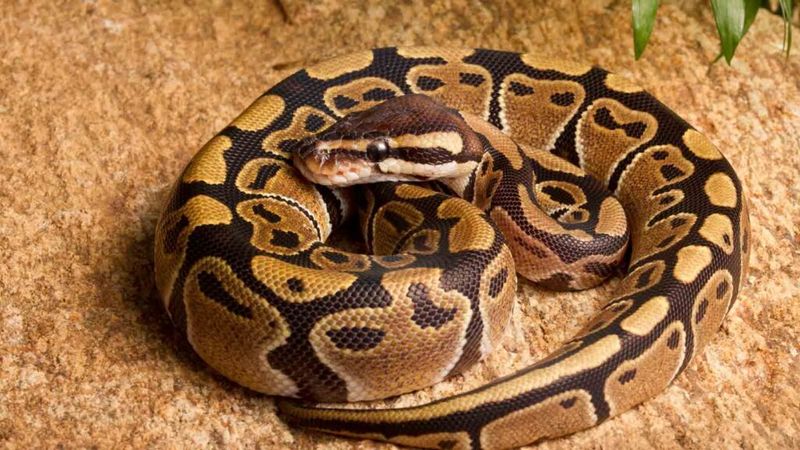
These popular pet snakes are champions of fasting in the reptile world. In the wild, ball pythons regularly go months between meals, especially during breeding season.
Their specialized metabolism allows them to burn energy extremely slowly. Captive specimens have been documented surviving over two years without eating while maintaining healthy body conditions!
10. Extremophile Bacteria
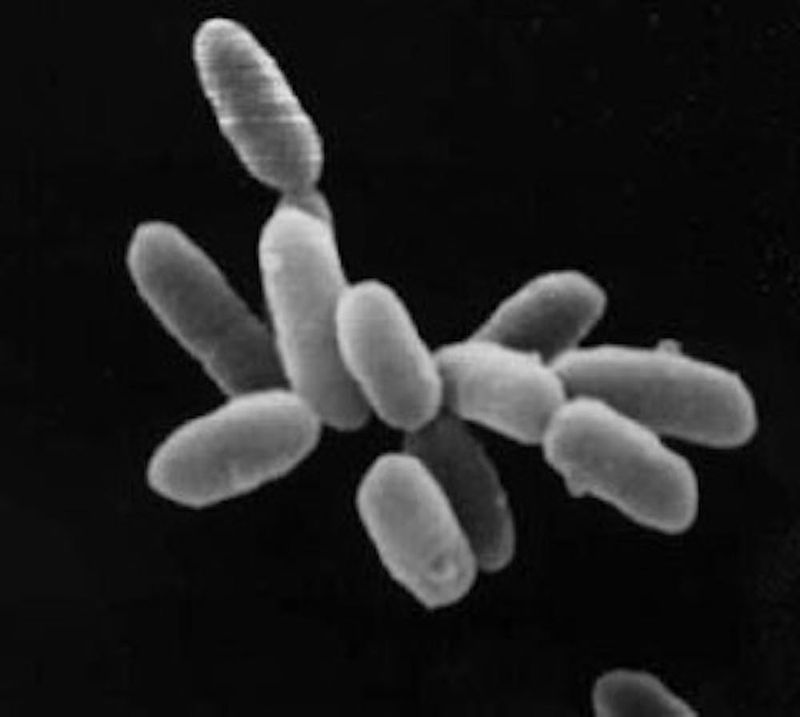
Buried deep in Antarctic ice or miles underground, certain bacteria survive in conditions that would kill any other life form. Some don’t consume organic matter at all!
Instead, they derive energy from chemical reactions with rocks and minerals. These ancient microbes might divide only once per century, existing in a near-timeless state where traditional food is completely unnecessary.
11. Arctic Terns

Holding the record for longest migration, Arctic terns fly from pole to pole annually – over 44,000 miles! During portions of this incredible journey, they barely eat.
Their bodies switch to burning stored fat reserves with remarkable efficiency. While not completely fasting, these birds can go days without significant meals while maintaining the energy needed for constant flight.
12. Female Praying Mantises
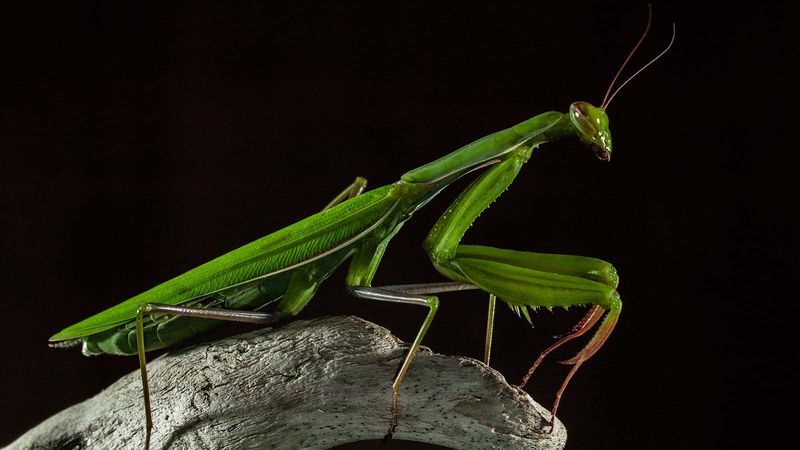
During reproduction season, female mantises enter an intense state focused solely on producing eggs. Food becomes secondary to their reproductive mission.
They can survive weeks without eating, drawing on body reserves. The infamous habit of females sometimes consuming their mates actually provides critical nutrients for egg development when other food sources are limited!
13. Antarctic Icefish
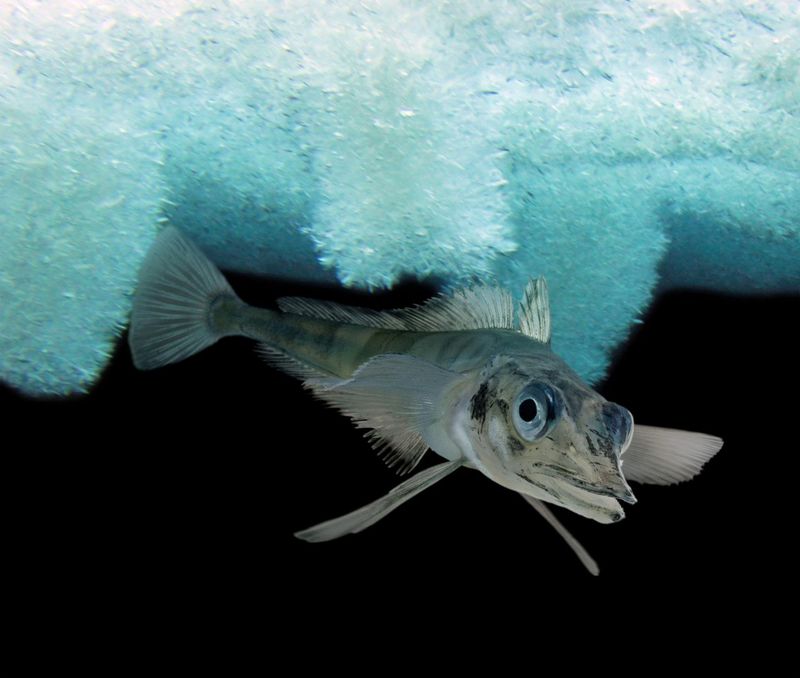
In the frigid waters around Antarctica, icefish have developed truly alien adaptations. Their blood lacks hemoglobin and appears ghostly white, while their bodies produce natural antifreeze compounds!
During the long Antarctic winter when food is scarce, these fish can survive months without eating. Their specialized metabolism functions at temperatures that would freeze most other creatures solid.

